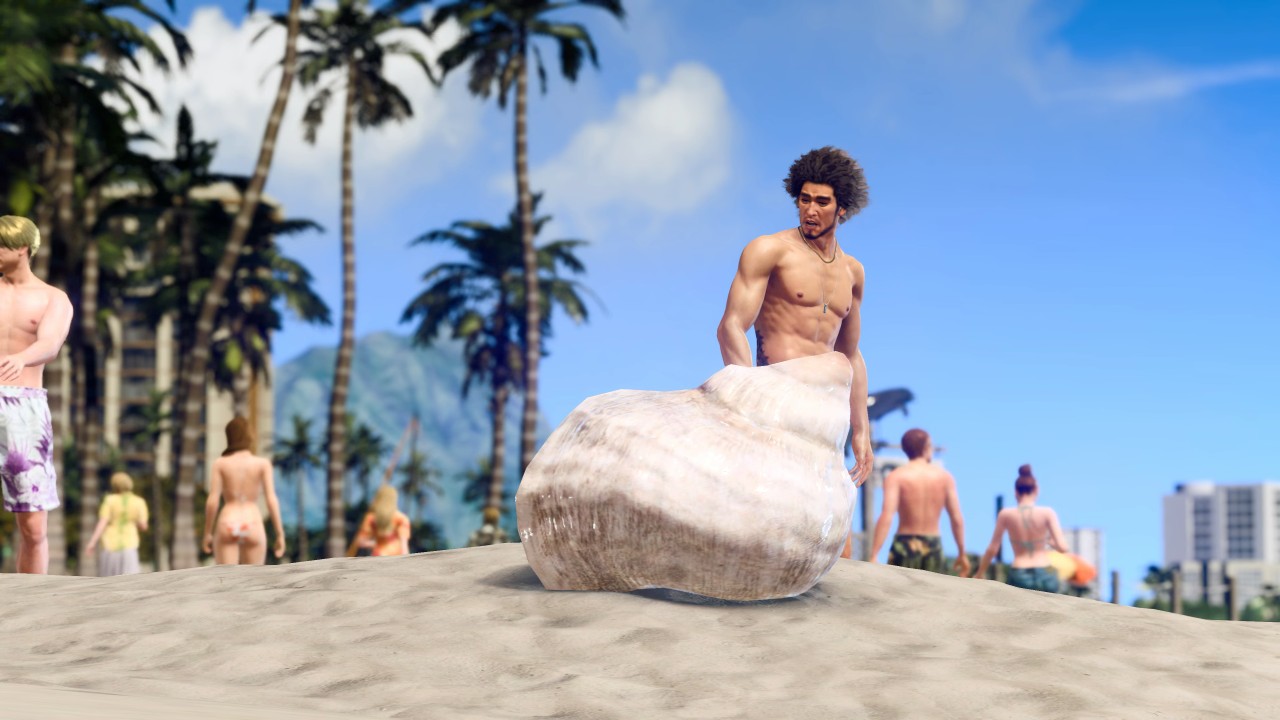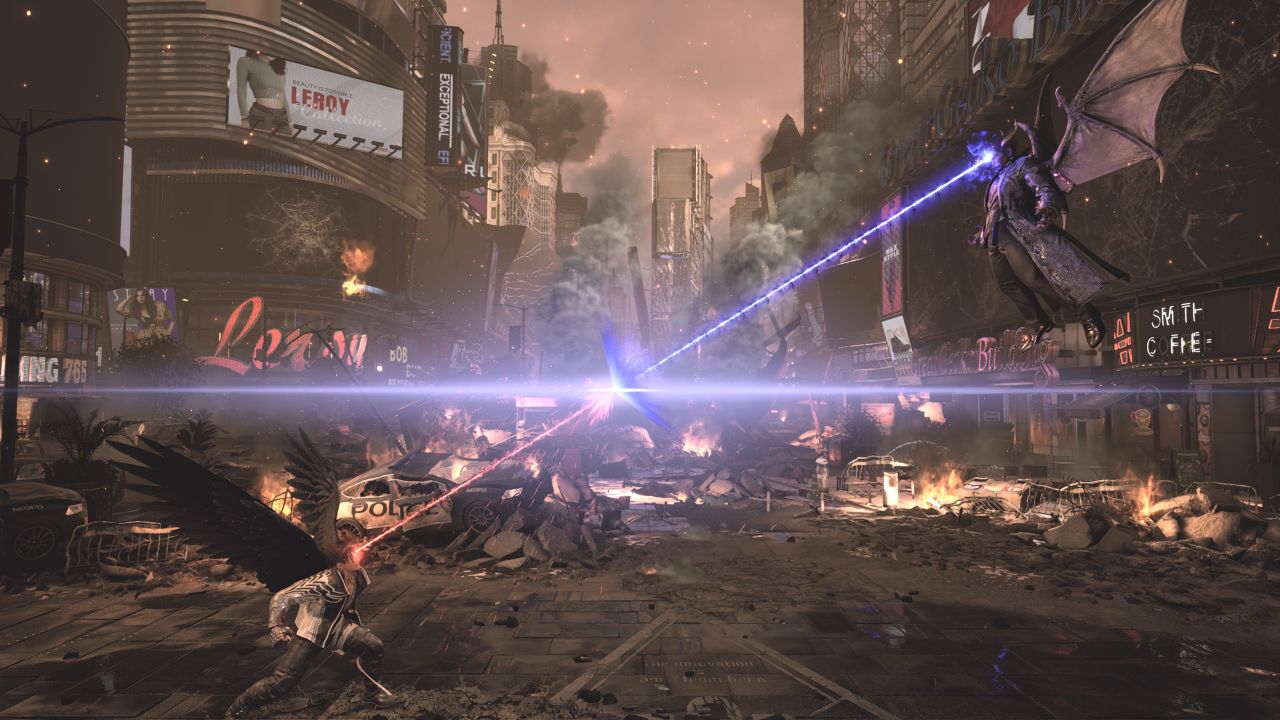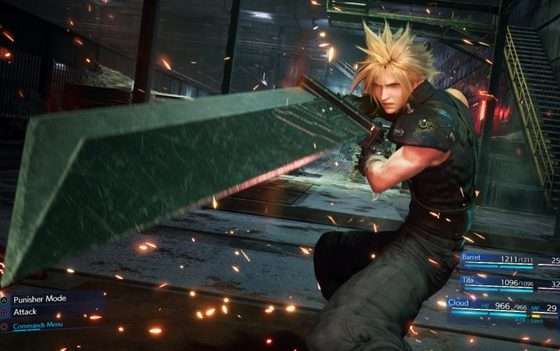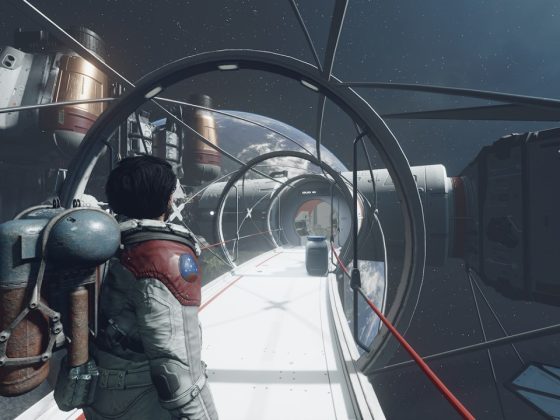The first Animal Crossing game debuted on the Nintendo Gamecube back in 2001 and quickly became a fan-favorite on the system. Since then, franchise follow-ups have been released almost exclusively on the Nintendo 3DS handheld, with fans begging for a sequel on consoles with each passing year. Now, almost 20 years after that first Gamecube release, Animal Crossing: New Horizons is hitting the Nintendo Switch, offering players a nostalgic yet modern experience. Like previous Animal Crossing games, New Horizons promises a relaxed, creative gameplay loop that should resonate with players of all skill levels. Does this hugely-hyped title manage to produce a joyful and unique experience that’s worth your time, or is this a so-so sequel that cashes in on nostalgia over quality? Let’s see if Animal Crossing: New Horizons was worth the wait.

That New Island Smell
After several games about managing and living in your own town, New Horizons shakes up the Animal Crossing formula by placing players on a plane headed to a deserted island. As a part of the “Deserted Island Getaway” package from the always-industrious Tom Nook, you and two other cutesy characters pack up for an all-expenses-paid trip to the furthest reaches of adventure. After selecting one of the generated layouts for your island, you’ll stake your claim to it, give it a name, and begin your long tropical vacation. Since Animal Crossing: New Horizons syncs up with your local time, you’ll experience day and night cycles in-game, with each new day bringing small surprises and events.

After you pick a spot for your tent (and your two neighbors’ tents if you so choose), you’ll find out that there’s a surprising amount of stuff to do on the deserted island. Tom Nook is there to guide you along and introduce you to new mechanics, ensuring that you never get mixed up or overwhelmed. Most of your time in Animal Crossing: New Horizons will be spent scavenging various resources, including sticks, seashells, fruits, and rocks. Some stuff can be sold, while other items can be crafted into useful tools via a simple and straightforward crafting system. You’ll be able to craft a shovel, fishing pole, axe, bug net, and several other tools that let you interact with the island in other ways. As you progress through the game, you’ll unlock other crafting recipes, allowing you to whip up cool decorations for your island and home.
Tropical Tasks
Your main objective throughout the Animal Crossing: New Horizons experience is to upgrade your house while bolstering the island with new shops and areas of interest. To accomplish this, you’ll have to sell lots of items to gain the Animal Crossing currency known as Bells, complete objectives to earn new “Nook Miles”, as well as explore uncharted islands via expeditions. As always, upgrading your house comes with a pretty hefty loan from Tom Nook, which you’ll have to work off by selling fish, bugs, fruit, and other unique resources. Before long, you’ll find yourself settling into a comfortable loop of collection and redemption, which becomes a cathartic and familiar experience that’s equally entertaining and relaxing.

At the start of each day, Tom Nook will kick things off with a brief announcement, citing any new visitors, shops, or points of interest. From there, you’re free to explore the island, diving deep into any distraction you come across. Anything you collect can be used in crafting or sold to Tom Nook, so it’s often beneficial to pick up anything and everything you can find. If you need some direction, the Nook Miles app on your in-game smartphone provides a list of challenges to complete, including both daily and overall challenges. You might be tasked with catching a certain amount of fish, capturing a specific bug, buying new items, or any other number of small, easily achievable challenges. The Nook Miles challenges are great for giving you something to focus on for five minutes, which often chain together into hours of surprisingly enjoyable resource grinding.

There’s also a laundry list of overall Nook Miles challenges that point you towards other aspects of the Animal Crossing: New Horizons experience. Players are encouraged to chat with their virtual neighbors, send thoughtful messages to other players or island visitors, and much more. As you meet new characters and unlock new places to visit on the island, the list of challenges will continue to grow. In fact, you barely have to pay attention to the challenge requirements at first, as you’ll be collecting your Nook Mile rewards with ease. Nook Miles can be redeemed for various cosmetic goodies and crafting recipes, as well as flight tickets for uncharted islands and other exclusive gear. You’ll usually want to shoot for a trip to an uncharted island, where you’re free to scavenge as many resources as possible without fear of permanently disrupting your own island ecosystem.
Vacationing with Friends
After spending hours tweaking your island and laying out decorations, you’ll probably want to share your creations with some friends. Luckily, Animal Crossing: New Horizons is playable in both local and online multiplayer. For players living on the same island, you can enjoy some same-screen local multiplayer, running around and completing standard chores together. Unfortunately, there’s just not that much space to roam, as the camera stays locked on both players. If you have multiple Nintendo Switch consoles in the same house/area, you can also set up local wireless play, inviting nearby players to hang out on your island.

The online options represent the real meat of Animal Crossing: New Horizons‘ multiplayer, and will play a major part in the longevity of the overall game. Assuming that you’ve already added them to your Nintendo Switch Online friends list, you can visit any of your friends’ islands provided they are online and accepting visitors. By simply stopping by the Dodo Airline Services, you can catch a flight to any available friend’s island, where you can chat, pick fruit, and generally enjoy the vacation together. I’ve had plenty of fun goofing around with my pals online, checking out their houses and custom designs, all while smacking each other in the head with a bug net.

That said, there are some disappointing issues that hold the multiplayer elements back. In terms of online play, there are several restrictions on what you can do. Besides running around your friends’ islands and collecting some resources, there aren’t a lot of unique multiplayer activities to participate in. Online multiplayer is a lot more about socializing than it is about progression, as some of the game features are blocked while visiting/having visitors on an island. If you’re hosting a game on your island, you won’t be able to donate creatures to the museum, do any major restructuring, or make meaningful progress towards new content. This isn’t a big deal for short visits, but if you want to interact with everything and not be impeded, you’ll have to kick out your friends and play solo for a while. That also might take some time, as you’ll have to drop what you’re doing and watch a 15 – 20 second cutscene every time a person arrives or leaves your island.
This Island Ain’t Big Enough for All of Us
If there’s one glaring issue with Animal Crossing: New Horizons, it’s the limitation that comes with multiple users enjoying the game on the same system. Like previous Animal Crossing games, you can only have one island per console, meaning that everyone that shares one Nintendo Switch will have to share the same island. Since the game saves to the console itself, you won’t be able to buy another copy of the game or a different memory card like you could in the past. If you want your own island, you’ll have to plop down enough cash for another Nintendo Switch. The shared island concept works in some places and fails in others, ultimately making the experience slightly lackluster for anyone who plays second, third, fourth, and so on. While it’s always fun to stop by your sibling or roommates’ area without having to utilize the Nintendo Online Service, the trade-off is an experience that feels cheapened.

The first player who starts Animal Crossing: New Horizons will get to pick the island layout, name it, and have a hand in shaping its future. As a secondary player, you’re not given the same powers as the first player, nor are you allowed to participate in some of the island construction objectives. For example, an early quest requires players to bring a handful of unique creatures to Tom Nook for research. Once you’ve shown him enough bugs and fish, your progress is halted for the day while you wait for new developments on the island. If you’re playing second and the first player has already completed that objective, you’re pretty much out of luck. Not only will you not be able to contribute towards the objective, but you’ll also not be informed that there was one. While this can be avoided with clear communication between players (and making sure to leave enough stuff for the other players to enjoy if you’re playing first), it’s completely unnecessary and probably a nightmare if the console is being shared between children.
An Island Lifestyle
A lot of the allure of New Horizons is the slow trickle of content to come, often tied in with seasonal changes, timed events, and holiday celebrations. Assuming you pick the proper region and don’t fiddle with your Switch timer, New Horizons should progress as your local seasons progress, revealing summer, autumn, winter, and spring. There are a variety of planned holiday events, including “Bunny Day”, which is currently taking place over the first two weeks of April. The Animal Crossing franchise historically shakes things up on notable holidays, adding new clothing options, house decorations, props, and more. You’re always incentivized to return to the game, whether it be every day, week, or month. Simply put, Animal Crossing: New Horizons is a game that’s meant to be played in short bursts and over many months.

There’s also a big focus on custom designs and clothing options this time around, with several mechanics that let you express your artistic side. You can make your own pixel-art designs by using the Custom Designs app on your in-game phone, then apply those designs to clothing items, wallpapers, and other decorative pieces. Even if you don’t consider yourself an artist, the design app is very intuitive and easy-to-use, ensuring even the most uninspired gamer can whip up a fun, unique piece of art. If you commit to using the custom design tools wherever possible, you can craft some exceptionally cool rooms for your house and areas on the island, further separating the visual identity of your landscape from others’.
The Bottom Line on Animal Crossing: New Horizons
While there are plenty of new features and mechanics to tinker with, Animal Crossing: New Horizons doesn’t break from the franchise formula too much. It’s a game that’s about socializing with your friends, grinding out small chores for resources and currency, and upgrading your island with various customizable props, pieces of furniture, and attractions. While some of the multiplayer restrictions and repetitive objectives can be disappointing, New Horizons brings a consistent feeling of quaint, jovial relaxation.

Fans of the Animal Crossing franchise will quickly fall in love with New Horizons, while newcomers will also be enamored with its bread-crumb trail of progression. For some players, the game will burn hot and fast, but most will find it to be an enjoyable experience that’s worth returning to. The creativity that’s allowed via custom design patterns is really impressive and I’ve already seen some awesome creations during my many hours with the game. With all the seasonal content that’s coming soon, I can only imagine that the New Horizons community will continue to craft some seriously cool stuff. If you’re looking for a relaxing and easy-to-learn game that’s perfect for killing time and putting a smile on your face, Animal Crossing: New Horizons is a winner. If you’re planning on sharing the game with other players though, you might want to consider the issues I’ve mentioned.







